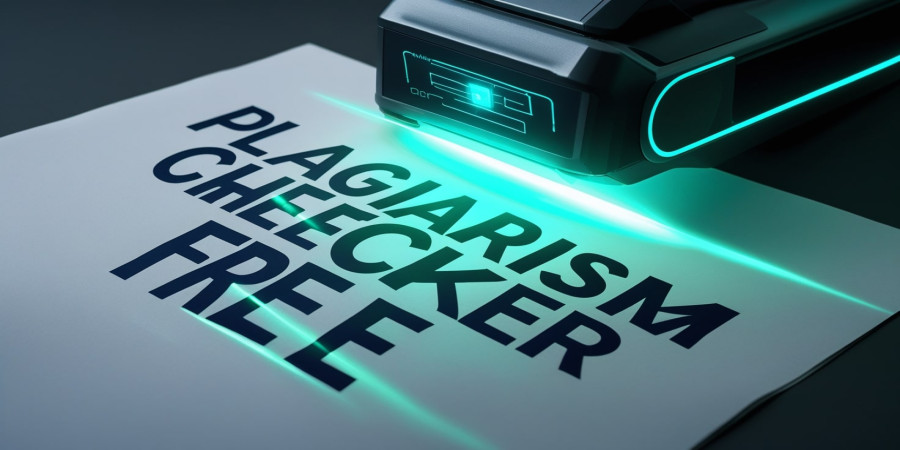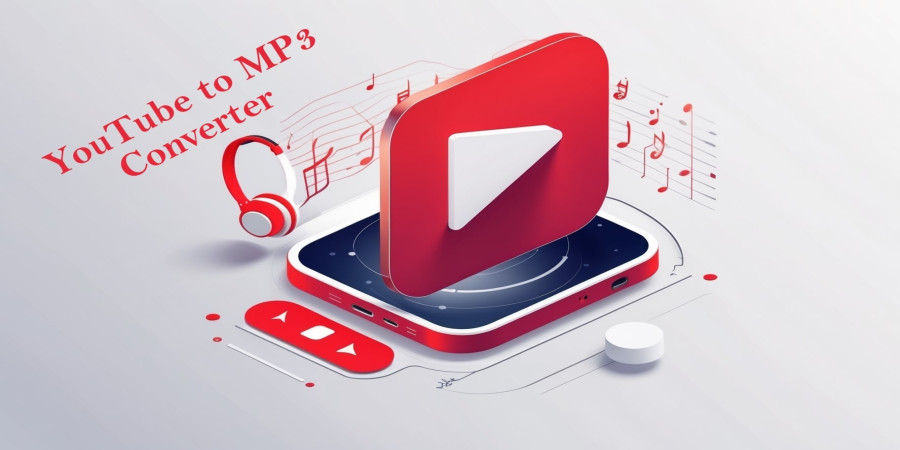

Free Plagiarism Checker: Instantly Check Your Work for Originality
You have finished your work. You spent hours writing. You did your research. Now, you have one important question.
Is my work original?
This question is important for everyone. It matters to students, teachers, writers, and website owners. Presenting original work is key to success. Using someone else’s work without credit can cause serious problems.
This is where our tool can help.
Welcome to the most comprehensive guide to plagiarism and originality. Our powerful and free plagiarism checker at plagiarism-checker.free is here to give you peace of mind. You can check your writing in seconds. This guide will also teach you everything you need to know about creating 100% original content.
How to Use Our Free Plagiarism Checker: A Simple 3-Step Guide
We made our tool incredibly easy to use. You do not need to sign up. You do not need to pay. Just follow these simple steps.
Step 1: Paste Your Text
First, copy the text you want to check. This could be your essay, an article, a blog post, or any piece of writing. Then, paste it into the large text box on our tool's page. There is no word limit.
Step 2: Click "Check for Plagiarism"
Next, click the big button to start the check. Our tool will begin to scan your text instantly. It uses advanced technology to compare your writing against billions of web pages, articles, and academic papers online. This process is very fast and usually takes less than a minute.
Step 3: See Your Results
Finally, you will get a detailed report. This report is easy to understand. It will show you a percentage score. This score tells you how unique your text is unique. It will also highlight any sentences or phrases that match other sources. You will see a list of the websites where the matching text was found.
With this report, you can easily find and fix any parts of your work that need changes.
Understanding Your Plagiarism Report
Your report gives you powerful information. Here is how to read it.
- The Uniqueness Score: This percentage shows how much of your text is original. A high score, like 95% or more, is great.
- The Plagiarism Score: This is the opposite. It shows the percentage of your text that matches other sources.
- Highlighted Sentences: Any text that is not unique will be highlighted. This lets you see the exact phrases that need your attention.
- Matched Sources List: Below your text, you will see a list of links. These are the exact web pages where our tool found matching content. You can click on these links to see the original source for yourself. This helps you to add a proper citation or to rephrase the section.
Our goal is to give you a clear and actionable report so you can write with confidence.
What is Plagiarism? A Simple Guide for Everyone
Plagiarism can sound like a scary word. But the idea is simple.
Plagiarism is using someone else’s words or ideas and pretending they are your own.
It means you did not give credit to the person who first came up with the idea or wrote the words. It is like stealing someone's intellectual property. Even if you do it by accident, it is still plagiarism.
There are different types of plagiarism. It is important to know them.
Type 1: Direct Plagiarism
This is the most obvious kind. It is when you copy and paste text from a source directly into your work without using quotation marks or citing the source. This is a serious academic and professional offense.
Type 2: Mosaic or Patchwork Plagiarism
This is a bit sneakier. It happens when someone copies phrases and ideas from many different sources and puts them together to create a new piece of text. They might change a few words here and there. But the original structure and most of the words still belong to the original authors.
Type 3: Paraphrasing Plagiarism
Paraphrasing means putting someone else’s idea into your own words. This is a great skill to have. However, it becomes plagiarism if you do it poorly. If your paraphrased text is still too close to the original sentence structure, or if you fail to cite the source of the idea, it is plagiarism.
Type 4: Accidental Plagiarism
This is the most common type. It happens when you forget to cite a source. Or maybe you did not use quotation marks correctly. You did not mean to plagiarize, but it happened. This is why using a free plagiarism checker is so important. It acts as your final safety check to catch these honest mistakes before you submit your work.
Type 5: Self-Plagiarism
This might sound strange. How can you steal from yourself? Self-plagiarism is when you reuse your own work that you have submitted before. For example, if you submit an essay for one class that you already got a grade for in another class, that is self-plagiarism. Each new assignment should be new work.
Why Checking for Plagiarism is So Important
Checking your work for plagiarism is not just about avoiding trouble. It is about building trust, learning, and creating high-quality work.
For Students:
Your academic career is built on a foundation of trust and honesty. This is called academic integrity. Plagiarism breaks this trust. The consequences can be serious. They range from a failing grade on an assignment to being suspended from school. Using a plagiarism detector helps you learn how to cite sources correctly. It builds good habits that will help you for the rest of your life.
For Writers, Bloggers, and Content Creators:
Your reputation is your most valuable asset. Your readers trust you to provide original and authentic content. If they find out your work is copied, you lose that trust instantly. This can destroy your personal brand. Checking your work ensures every blog post and article you publish is truly yours.
For SEO and Website Owners:
Google and other search engines want to show their users the best, most original content. If you have duplicate content on your website (text that is copied from other sites), search engines may penalize you. This means your website will rank lower in search results. This leads to less traffic and less business. Using a similarity checker before you publish is a critical step in any good SEO strategy.
How to Avoid Plagiarism: 5 Simple Rules
Avoiding plagiarism is easy when you know the rules. Follow these five simple steps.
1. Understand the Topic Deeply
When you truly understand a subject, you can explain it in your own unique words. Do not just collect information. Take the time to learn it, think about it, and form your own ideas.
2. Use Quotation Marks
When you need to use the exact words from another source, you must put them inside quotation marks (" "). This tells your reader that these words are not your own. You also need to add a citation right after the quote.
3. Paraphrase Correctly
Do not just change a few words in a sentence. A good paraphrase is one where you have completely digested the idea and explained it in a new way. A good rule of thumb is to read the source, then look away and try to write the idea down without looking at the original text. Always remember to cite the source of the idea.
4. Cite Everything
Anytime you use information that is not common knowledge, you must cite the source. This includes ideas, statistics, facts, quotes, and paraphrased sentences. Citing sources shows that you have done your research and gives credit to the original authors.
5. Use a Plagiarism Checker (Like Ours!)
This is your final, most important step. Before you submit or publish anything, run it through our plagiarism checker free tool. It will catch any mistakes you might have missed. It is your safety net to ensure your work is original and ready to go.
Who Should Use Our Free Plagiarism Checker?
Our tool is designed for everyone who writes.
- Students: Check your essays, research papers, and reports before submitting them to your teacher. Ensure you get the grade you deserve for your original work.
- Teachers & Professors: Use our tool to easily check student submissions for academic integrity. Help your students learn the importance of original writing.
- Content Marketers & SEOs: Ensure every piece of content on your website is 100% unique to rank higher on Google and build authority in your niche.
- Bloggers & Writers: Protect your hard-earned reputation by verifying the originality of your articles, guest posts, and creative writing.
- Journalists: Maintain the highest ethical standards by making sure all your reporting is original and properly sourced.
Frequently Asked Questions (FAQ)
Q: Is this plagiarism checker really free?
A: Yes, it is 100% free. There are no hidden charges, no subscriptions, and no limits on how many times you can use it. Our goal is to make originality checking accessible to everyone.
Q: How does a plagiarism checker work?
A: Our tool breaks your text down into small pieces and phrases. It then uses powerful search technology to scan billions of online sources for matches. It compares your text to web pages, academic journals, news articles, and online books to see if there are any similarities.
Q: Is it safe to use? Will you steal or save my work?
A: Your privacy is our top priority. The tool is completely safe. We do not save, store, or share your work. Once you run the check, your text is processed and then forgotten. Your writing remains your own.
Q: What is an acceptable percentage of plagiarism?
A: This depends on the context. For most academic settings, anything below 5% is generally considered acceptable, as this often accounts for common phrases or properly cited quotes. However, the goal should always be to get as close to 0% as possible. For web content, 0% copied text is the standard.
Q: Can a plagiarism checker detect paraphrasing?
A: A good plagiarism checker can. If your paraphrasing is too close to the original source text (patchwork plagiarism), our advanced tool is likely to detect the similarity. This is why it is so important to learn how to paraphrase correctly.
Write with Confidence Today
Originality is the heart of all great writing. It is a sign of respect for other creators and a mark of your own expertise and creativity. Plagiarism can have lasting negative effects on your grades, your reputation, and your business.
You no longer have to worry or guess. Our free plagiarism checker at plagiarism-checker.free gives you the power to be sure. It is fast, accurate, secure, and incredibly easy to use. It is your trusted partner in creating honest, original, and impactful work.
Stop wondering. Start checking.
Check your work for plagiarism now and write with total confidence!
Popular articles

Jul 11, 2024 12:47 PM

Sep 25, 2024 09:47 AM

Aug 19, 2025 08:13 AM

Apr 18, 2025 01:10 PM

Aug 01, 2025 11:19 PM
Categories
Comments (0)